Engwe is a company with over a decade of experience specializing in online sales of fat-tire and commuter e-bikes. Their diverse range includes folding fat-tire bikes, step-through cargo e-bikes, and scooters. Models equipped with suspension and fat tires offer a smooth ride on rough terrain, all while staying affordable. But is Engwe truly a worthwhile investment for an electric bike? This article will take an in-depth look at Engwe’s product lineup and real-world market feedback to help you decide.
Engwe product collection
Engwe offers a variety of models, primarily fat-tire electric bikes, each with distinct configurations to meet the diverse riding needs of different riders.
- Engine Pro / EP-2 Series (Folding Fat Bikes): These are the flagship foldable fat-tire e-bikes. They come with accessories like fenders, racks, and lights. The Engine Pro in particular accelerates quickly up to 28 mph on throttle and climbs steep hills well. The downsides are weight and bulk.
- L-Series Cargo/Commuter Bikes: Engwe’s L20 line (including L20 Boost, L20 3.0 Pro/Boost, LE20) are step-through e-bikes with mid-fat tire and upright frames. They use moderate motors and batteries (around 36–52 V, 10–13 Ah). These are lighter than the fat-folders, intended more for daily commuting or light cargo, often with rear racks.
- X-Series Folding Fat Bikes: Engwe’s X20/X24/X26 are newer folding fat-bikes similar to the Engine Pro but with 8-speed drivetrains and generally 750W hubs. They remain heavy triple-suspension bikes aimed at adventure.
- Mopeds and Scooters: The M20 (and M20 2.0) are “motorbike-styled” bikes with 1000W–1200W power, running on gasoline engines in some markets or large hub motors, and they look like small motorcycles. Engwe also sells electric scooters (Y600, Y400, etc.).
- Other Models: Engwe has smaller (T14) or urban (P20) models as well, but the fat-tire and foldable bikes dominate their image.

Pros and cons
Engwe e-bikes offer impressive value and power for the price, but customer feedback highlights several trade-offs.
Pros
- Strong Performance: The motor/battery combos deliver plenty of power. Reviews praise quick acceleration and hill-climbing ability (e.g. “makes it possible to cruise at 20 mph… the bike quickly accelerates past 20mph”). Even at lower pedal-assist levels, Engwe models can run consistently at 15+ mph with minimal effort.
- Comfortable Ride: The large fat tires and suspension forks absorb bumps. Many users say the ride is “supremely comfortable” over urban potholes or light off-road. In tests, the Engine Pro’s setup handled chatter and uneven pavement better than most in its class.
- Rich Features for Price: Most models come with extras like fenders, rear racks (often 25–55 lb capacity), integrated lights, and Shimano drivetrains. For example, the review notes the Engine Pro 2.0 is sold complete with fenders, rack, and bright LCD display, all at a very low price point. The Shimano 8-speed (Altus) used on many bikes is usually a quality component given the cost.
- Good Range (on Paper): Engwe advertises long ranges, especially on the 48V systems. The EP-2 Boost’s 48V13Ah battery (~624Wh) is stated to yield up to 120 km (≈75 mi) on assist. In real-world tests, reviewers often achieve 40+ miles per charge under moderate use, which is comparable to many competitors.
Cons
- Heavy and Bulky: The extreme case is the Engine Pro 2.0, which tips the scales at ~38 kg (83 lb). Even the lighter EP-2 Boost weighs ~30 kg. These weights make the bikes very difficult to handle off-bike – lifting them into a car or carrying upstairs is exhausting. Some reviewers couldn’t fit folded Engwe bikes into small car trunks. This heft also contributes to assembly and portability issues: owners report that the folding mechanisms must be tightened firmly to avoid rattles, and that setting up the bike out of the box can be laborious.
- Mixed Quality and Reliability: Several testers point to quality-control issues. For example, riders have found fittings and alignment problems – loose bolts, misaligned frames, or over-tightened fasteners – that affect safety. There have also been reports of chain noise/slap and drivetrain creaks; the review notes “lots of chain slap” over bumps.
- Safety Concerns (Battery and Certification): A red flag for Engwe is battery safety. In fact, Engwe issued a battery recall on certain older models (notably the Engine Pro 2.0) over fire-overheating risks. Customers were reportedly urged not to publicize this recall, which raises trust issues.
Overall, Engwe bikes offer reasonable performance specifications that align with their price point, making them well-suited for outdoor cycling enthusiasts. However, the lower price tag necessitates compromises in areas such as build quality, frame weight, and after-sales support. Prospective buyers should weigh these pros and cons to make an informed decision.
Model Comparison: Engwe Vs Cyrusher
For perspective, we compared the Engwe Engine Pro 2.0 and Cyrusher Kommoda 3.0 to examine product configuration differences. The Cyrusher Kommoda is a popular fat-tire e-bike series with many overlapping features (full suspension, fat tires, step-through frame). A detailed comparison of their performance differences and price tags provides a clearer understanding of product value.
| Feature | Engwe Engine pro 2.0 | Cyrusher Kommoda 3.0 |
| Price | $1699 | $1799 |
| Motor | 750W 75Nm brushless hub | 750W 85Nm brushless rear hub |
| Battery | 48V 16Ah (768Wh) | 48V 20Ah (960Wh) |
| Range (PAS mode) | ~120 km (75 mi) | ~110 km (68 mi ) |
| Top Speed (max PAS) | 28 mph (45 km/h) | 28 mph (45 km/h) |
| Tires | 20″×4.0″ fat tires | 20″×4.0″ Arisun fat tires |
| Suspension | Full suspension | Front fork + rear air shock suspension |
| Brakes | 180 mm hydraulic discs (front/rear) | 180 mm hydraulic discs (front/rear) |
| Gears | Shimano 8-speed | Shimano 7-speed |
| Weight | ~39.8 kg (87lb) | ~37.7 kg (83 lb) |
| Warranty | 12 months (frame/motor/battery) | 24 months (frame) / 12 months (parts/battery) |
| Lights | Basic front/rear lights | Integrated bright head/tail lights |
This comparison shows Cyrusher’s Kommoda 3.0 carries a much larger battery and more powerful motor (higher torque power). Both ebikes provides full suspension and hydraulic brakes, which translate to smoother stops and ride feel. Both bikes have similar 20×4″ tires, but Cyrusher’s integrated lighting and step-through frame are user-friendly touches. The weight difference is notable: Engwe 39.8 kg frame is harder to lift than Cyrusher kommoda 37.7kg. On warranties, Cyrusher offers a longer frame warranty (2 years vs Engwe’s 1 year).
In riding feel, the Cyrusher’s additional power and upgrade rear air suspension give it a more “motorcycle-like” character – very smooth at high speed – whereas the Engwe’s simpler setup makes it lighter to pedal and easier to fold. Overall, if raw power and premium finish are priorities, Cyrusher stands out; if budget or foldability are key, Engwe might be enough. Both bikes share the typical fat-bike strengths (stability, comfort), but Cyrusher’s build quality and support are generally rated higher.

Key Considerations Before Buying
- Budget vs. Quality: Engwe bikes undercut many competitors on price. Their components (motors, batteries, Shimano parts) are often the same as on more expensive brands, so on spec-sheet value they look great. But lower price means tolerating quirks: uneven paint, loose hardware, or extra clicks. Users can weigh the pros and cons to determine whether to make an investment.
- Riding Use Case: Engwe models shine off-road or in mixed terrain where their stability and comfort can be enjoyed. On smooth city roads or in bike lanes, the heavy fat bikes can feel cumbersome. If you want a nimble commuter, consider Engwe’s smaller L20 models or a different brand. Engwe fat bikes really want some trail or gravel to justify their heft.
- Rider Height/Ergonomics: Check each model’s minimum seat height. For instance, the EP-2 Boost’s saddle drops to about 84 cm (33″). That suits someone around 5′6″ or taller comfortably. Very short riders (under 5′4″) may find it hard to touch the ground on even step-through Engwe frames. Cyrusher’s smaller wheel options (Kommoda 3.0 ebike) or step-through designs might suit shorter riders better.
- After-Sales and Warranty: Engwe backs its e-bikes with a 12-month warranty on frame, motor, and battery (some small parts shorter). They have no physical shops in most countries, so support is email-based. Be aware that customer service response can be slow, and replacement parts shipment (when needed) may take weeks. If you need quick local service or extended coverage, an established brand with dealers might be preferable.
5 Common Questions About Engwe Ebikes
-
Are Engwe bikes easy to assemble?
Generally they come 85% built. You’ll need to attach the front wheel, handlebars, pedals, and battery, then bleed/tune the brakes/gears. Some buyers find this straightforward; others find it frustrating. A good set of tools and patience will help, or consider professional assembly if unsure.
-
How far will the battery take me?
Engwe introduces up to120 km (75 mi) on high-assist settings. In reality, range depends on rider weight, terrain, and assist level. Many users report roughly 60–80 km (35–50 mi) of practical range on a charge. Heavy riders or constant throttle use will cut this, while modest assist and flat terrain can approach the max.
-
Are Engwe bikes comfortable for short riders?
The base models have relatively tall frames. For example, the EP-2’s seat adjusts from 84 cm up, and its step-over height is in the 60–70 cm range. Riders under 5′4″ may feel the reach and step-over are high. Engwe does make step-through versions (like the LE20) and lower frames (like the T14) that are better for shorter people. When shopping, check the listed “suitable height” range on the spec sheet.
-
What about customer service and warranty?
Engwe offers a 1-year warranty on most major components. This covers manufacturing defects but not wear/tear or damage. If you have an issue, you contact Engwe by email or their online form. There are lack of local dealers for immediate support. If after-sales service is important to you, factor this in.
-
Are Engwe e-bikes reliable and safe?
Engwe frames and motors use standard components (Shimano gears, Bafang hubs, Samsung cells, etc.), so they are comparable to many import brands. That said, some Engwe riders have experienced hiccups – from minor assembly issues to electronic glitches. A serious safety concern is the 2022 battery recall due to overheating. Make sure any used Engwe bike you buy has an safe battery or was updated. Also check for firmware updates or recalls on the model you want.
Conclusion
Engwe’s e-bikes offer exceptional value: you get powerful motors, fat tires, and full suspension for far less money than most mainstream brands. If your priority is raw performance per dollar (and you’re handy with a wrench), an Engwe fat-bike can be a fun and capable machine. It’s especially compelling if you plan to ride mostly off-road or casually on open trails where its comfort and power shine.
However, “value” comes with caveats. The trade-offs are real: Engwe bikes can be cumbersome to handle due to weight. Quality is uneven; while many riders have no major problems, others report issues that require DIY fixes.
For a budget-conscious enthusiast, Engwe might hit the sweet spot. But for someone needing a rock-solid daily commuter or who values a long warranty and quick service, a more established brand (like Cyrusher or others) might be safer. In a head-to-head sense, Engwe models stack up well on feature lists, but fall behind in build finishing and after-sales.

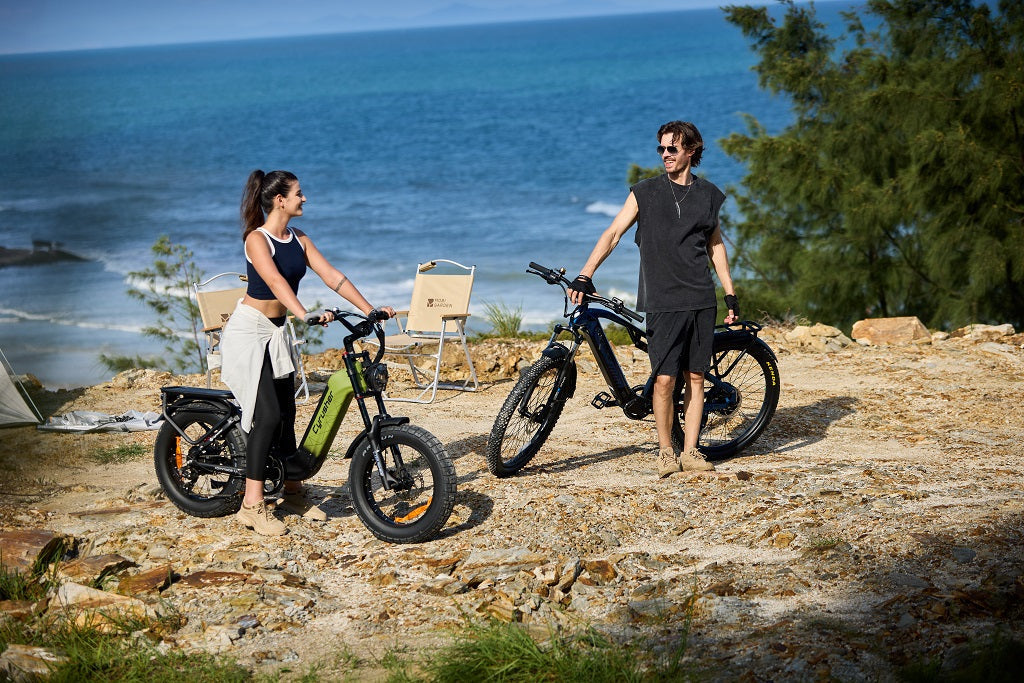
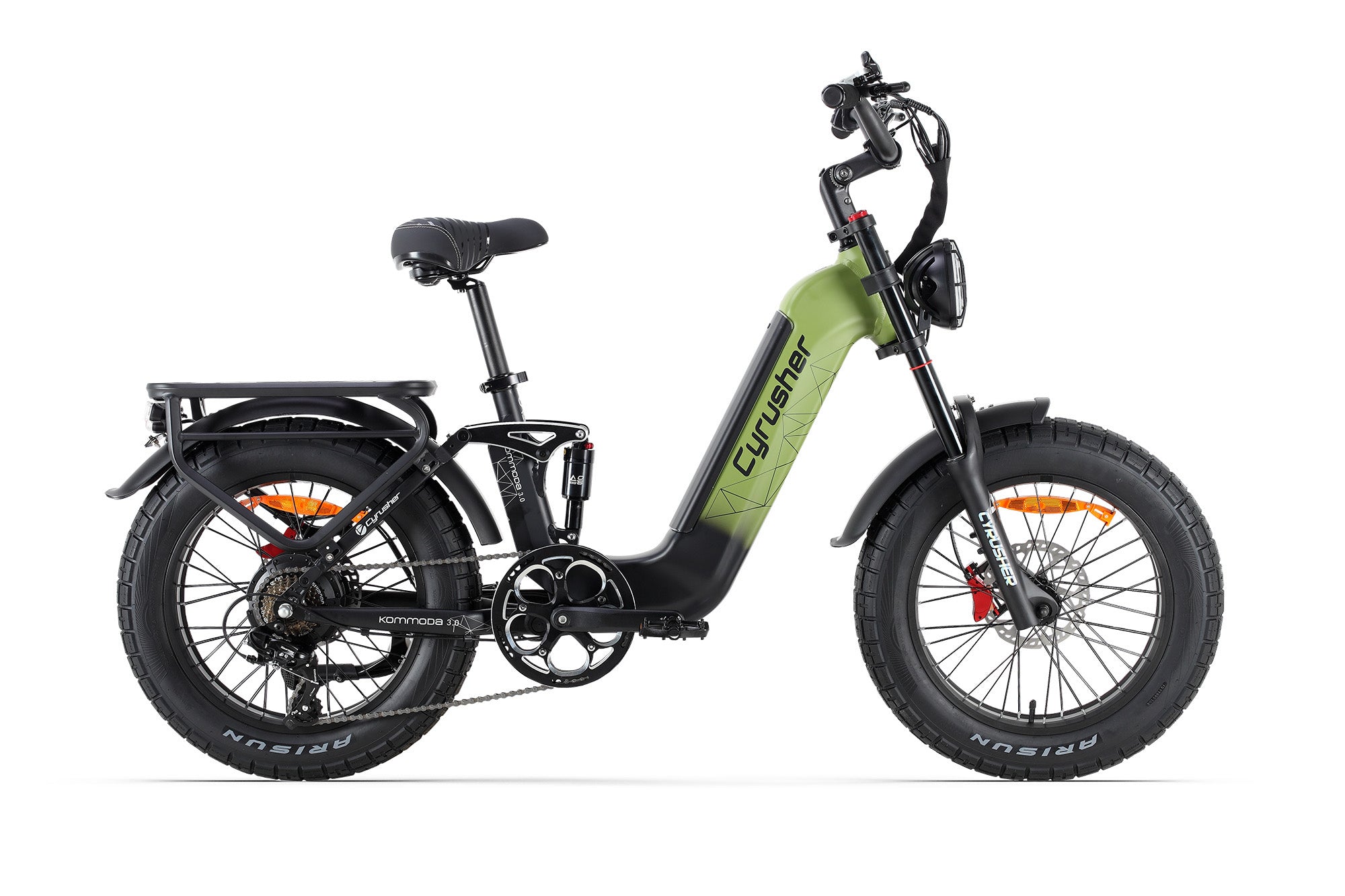
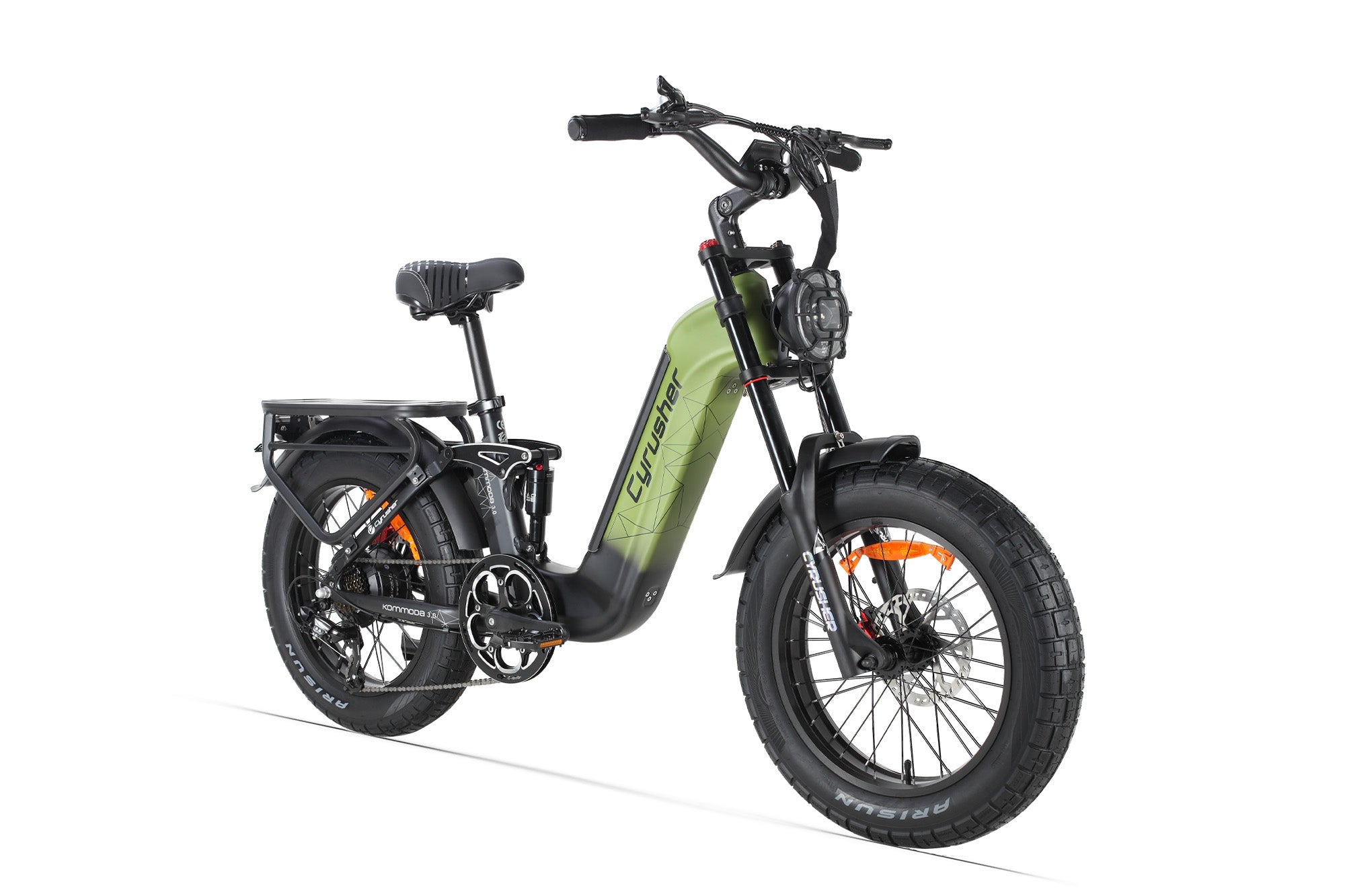
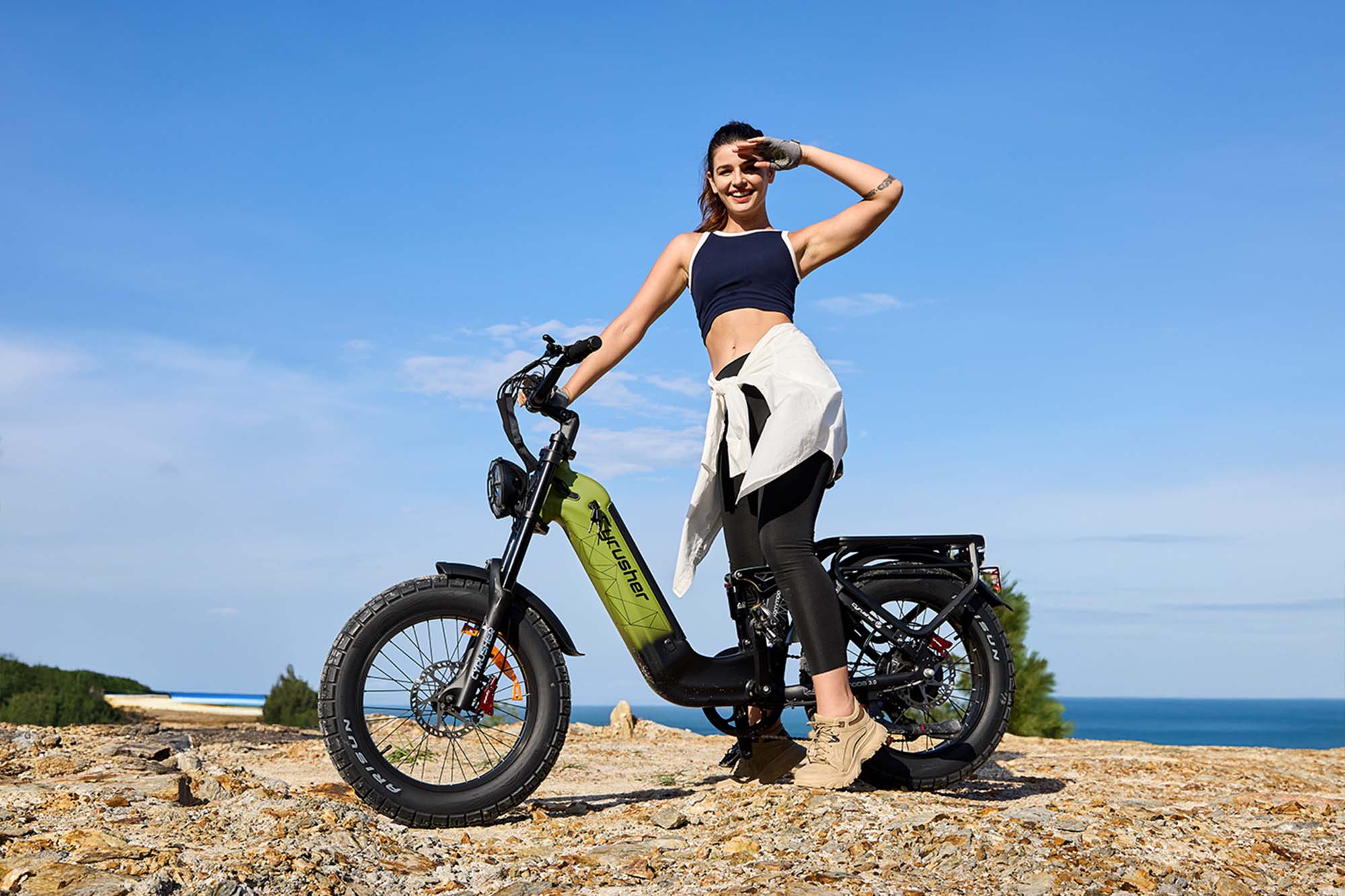
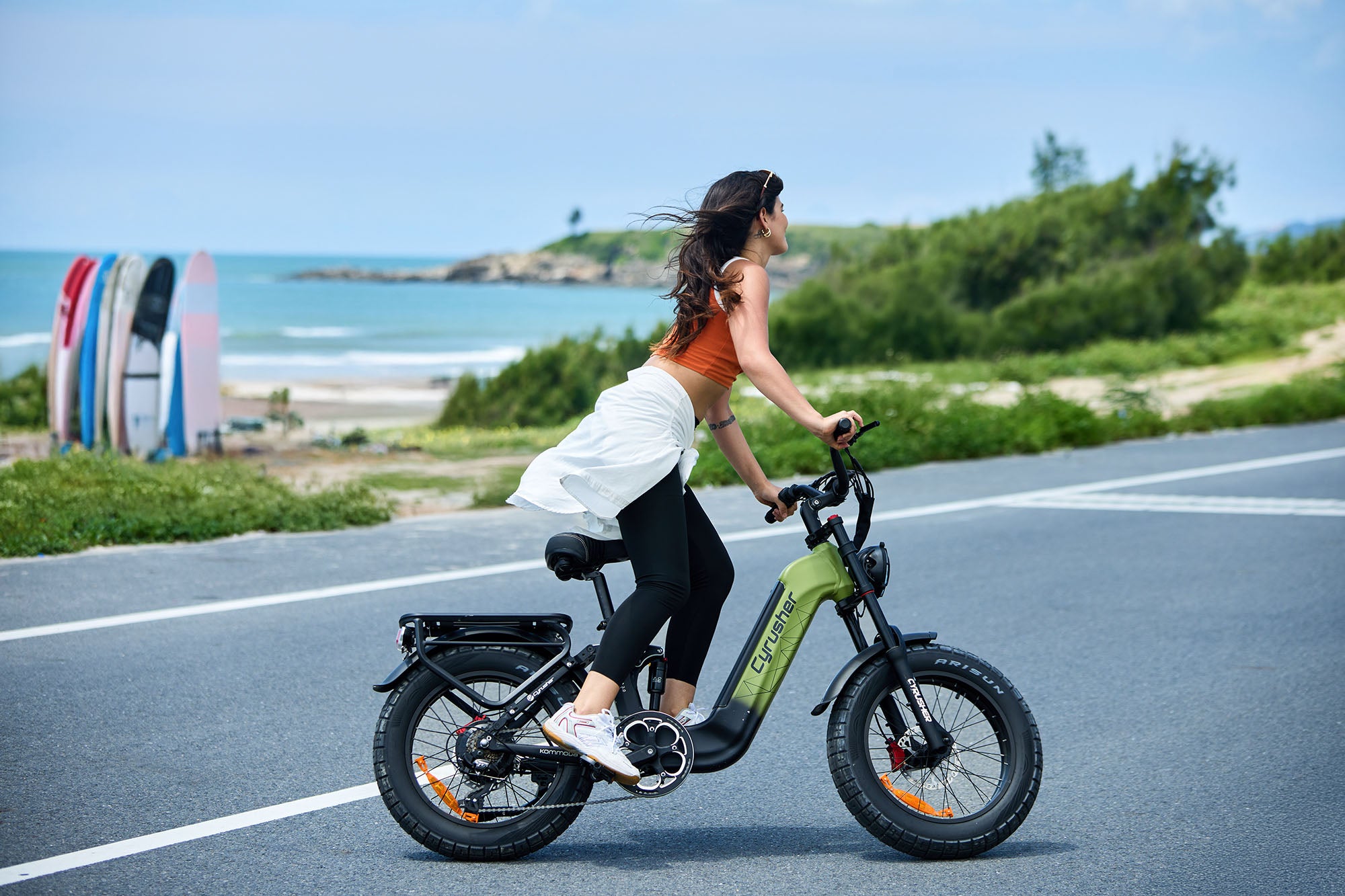
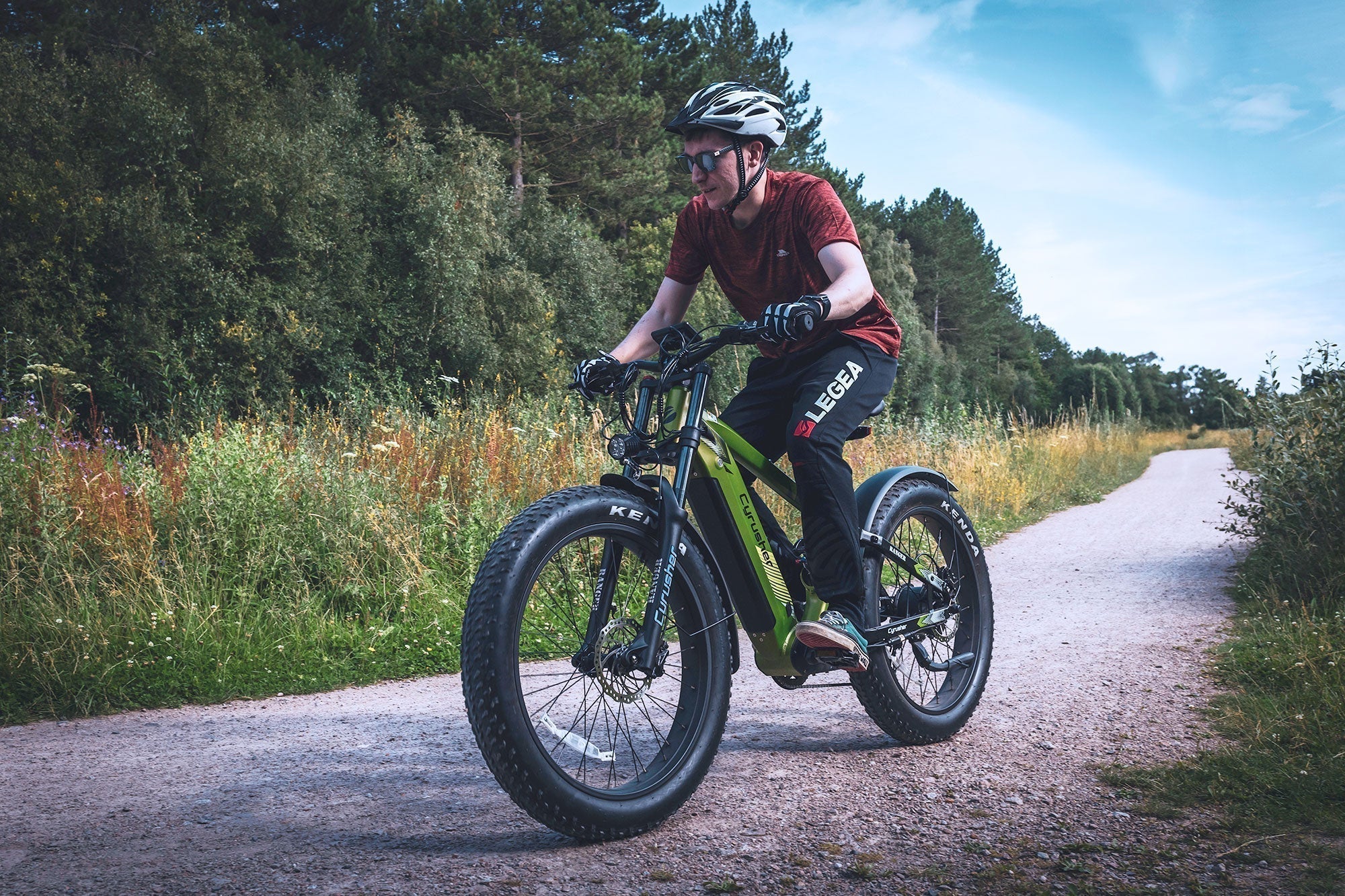
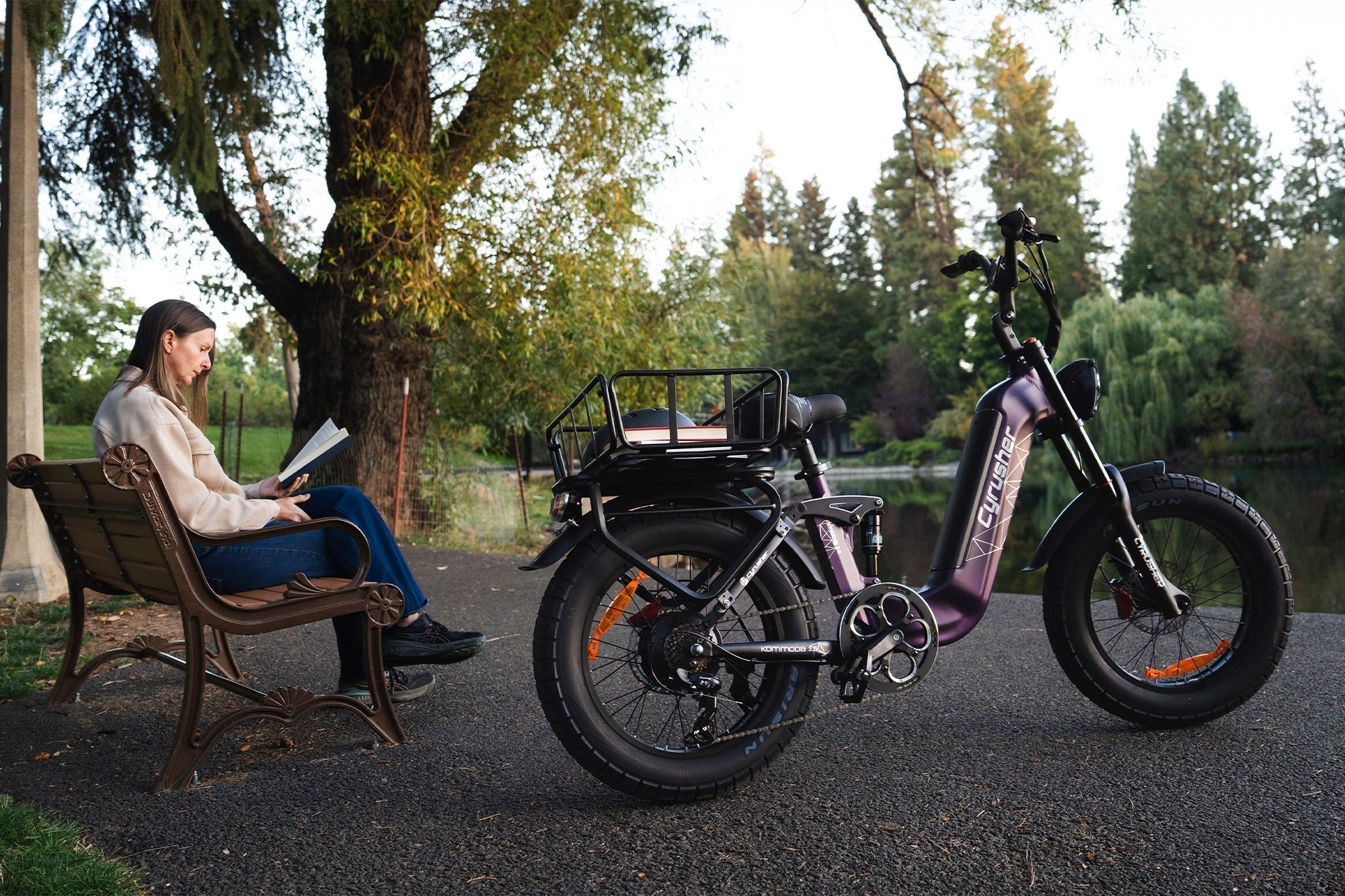
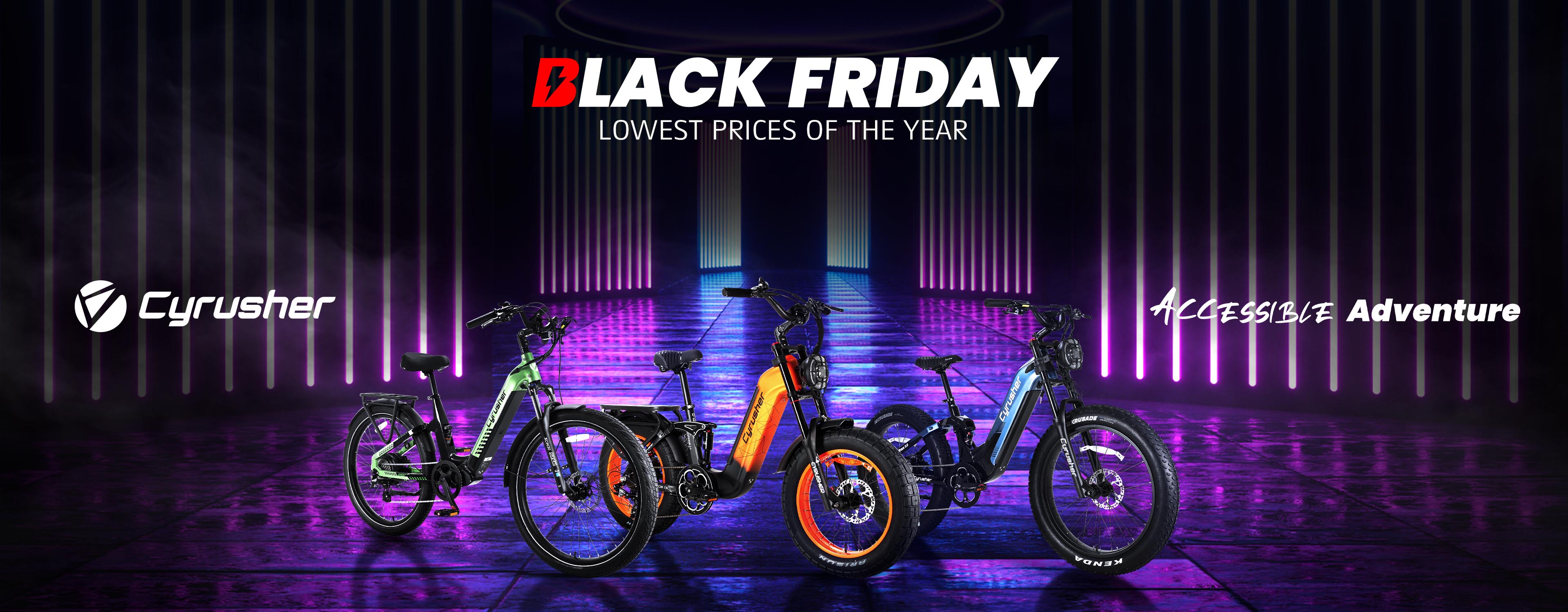
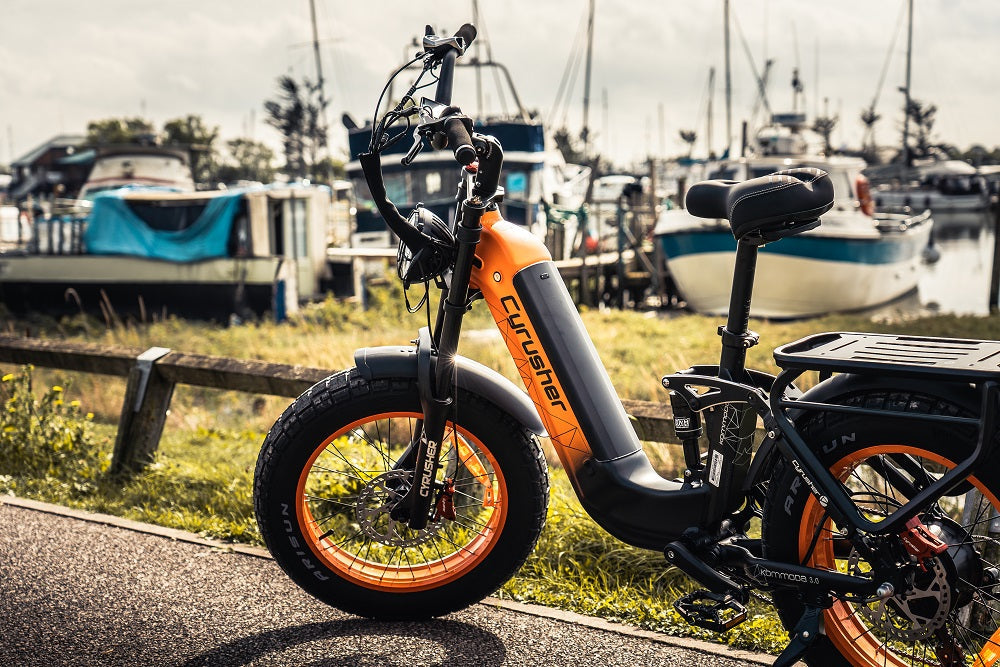
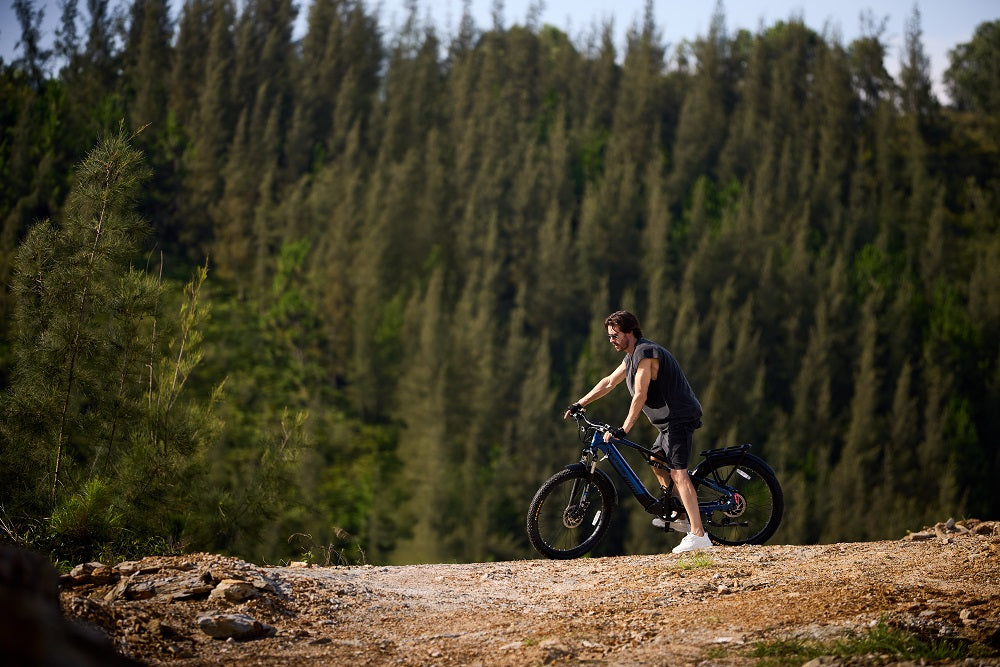
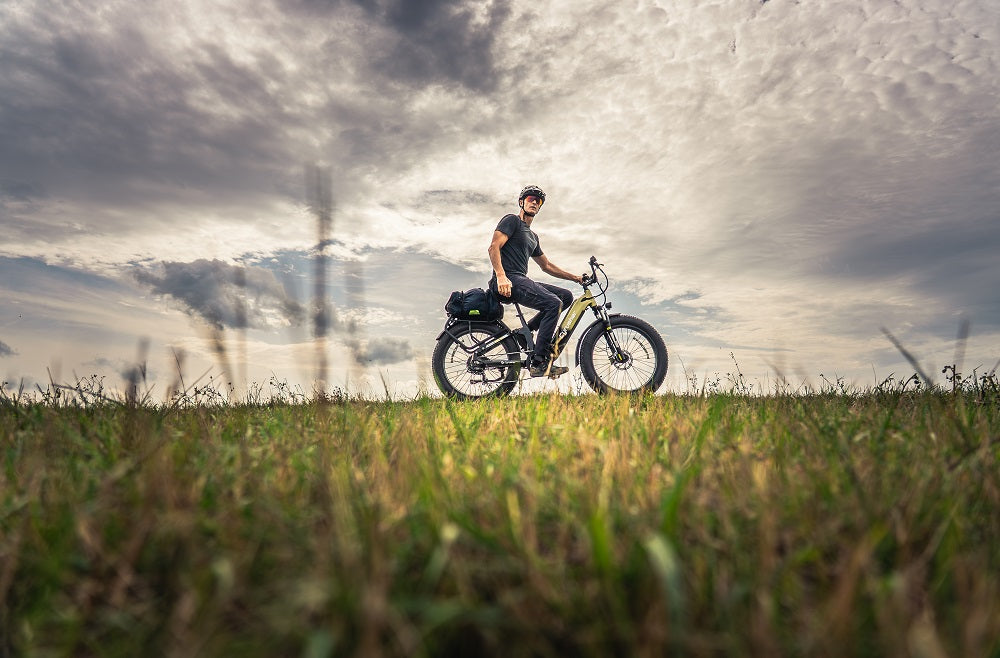
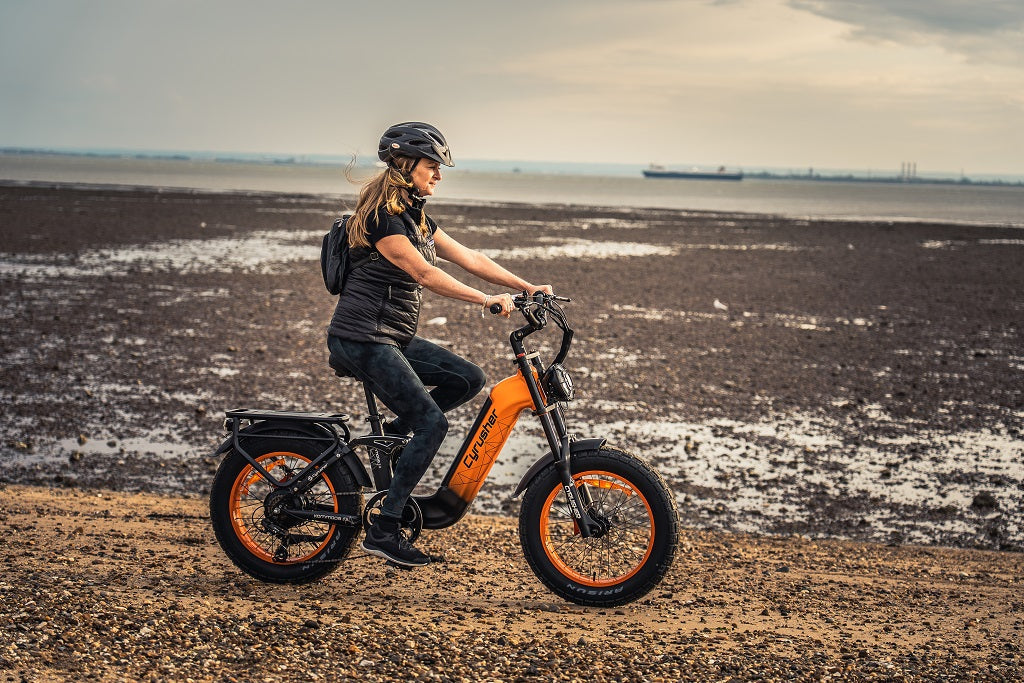
Share:
Are ebike a viable alternative to cars?
The Benefits of riding ebikes